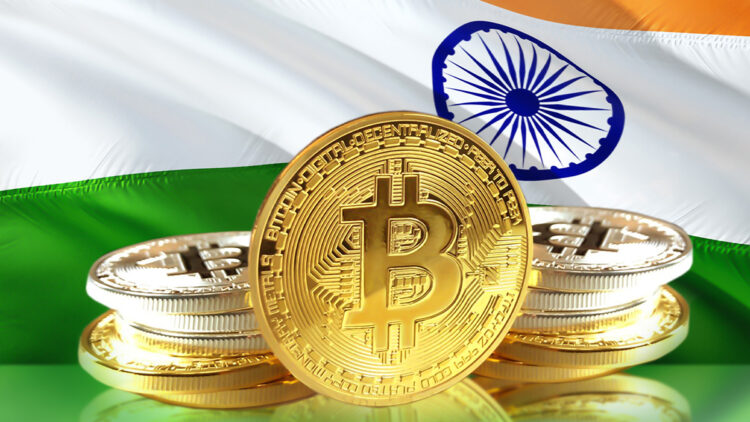For many people, cryptocurrencies or digital currencies still represent something abstract and completely incomprehensible. Having difficulties in understanding where they come from, how they are earned and spent, where do people keep them. And in reality, it is hard to understand, which is why people who deal with them spend a lot of time learning.
In a way, they are abstract, because people are not able to own them in physical reality. However, they are very much real but have a digital code that defines them. Unlike real currencies, they are stored on digital locations only you have access to, but which is public and transparent in terms of being kept in a public file, the main book of all digital currencies.
With their arrival, the whole global financial market has been turned upside down. Usually, currencies are printed and controlled by one or a couple of governments, but in this case, an incontrollable asset has appeared. It does not belong to any country, but at the same time, it is owned by all the people who possess it. And everyone is obsessed with buying it, mining for it, trading it. It’s even bigger of fever than the gold one.
Bitcoin as the first-ever cryptocurrency has brought hope to many people, thinking it’s a possibility to get rich, without investing a lot of physical effort. Many webinars, blogs, and articles are being written, such as on cryptobenelux.com, offering good advice on how to start trading. Although it has had ups and downs in terms of value, bitcoin is still number one on the list of the most valuable digital currencies. The price is rising, as we speak.
While many countries are struggling to find a way to put taxes on crypto and introduce new laws to control them, India was suspicious about them from the start. Instead of thinking about the way to legalize them, they’ve been introducing measures to prevent possible usage of this payment type in their country. The government has had several moves that clearly stated their attitude about crypto and its future usage in their market.
To have a clearer view of the background of the issue and guess what the future will hold for cryptocurrencies in India, here’s a chronological overview of what has happened.
When and how it all started
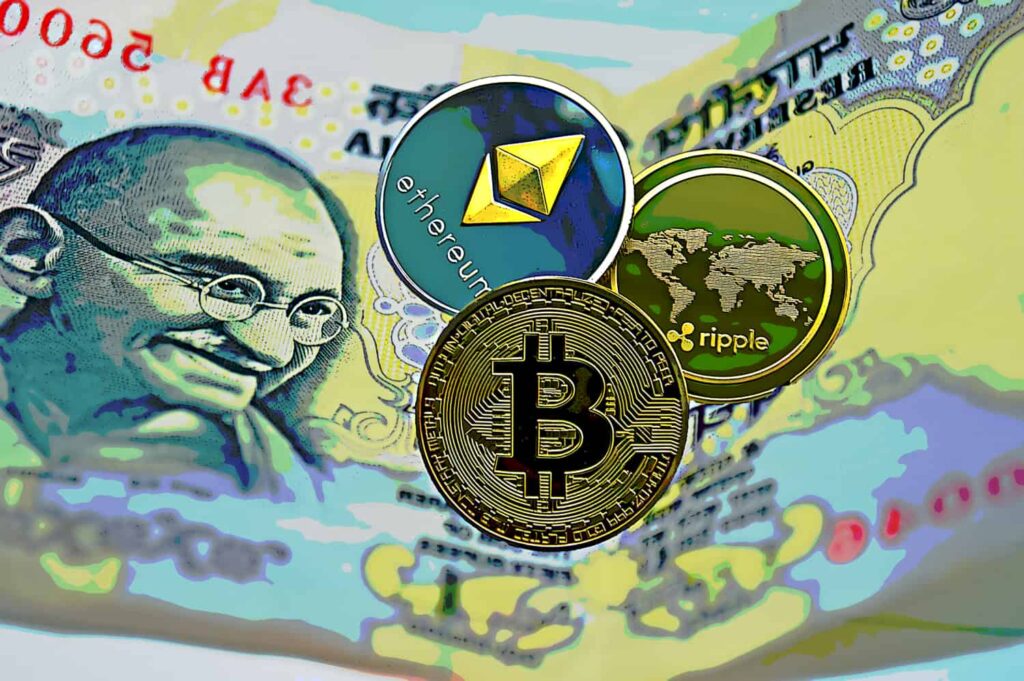
What triggered the distrust in were things with crypto are going is the event that occurred in 2017. This was the time when the government and the central bank chose to actively take part in what was going on. Many citizens, as well as the majority of people worldwide, chose to enter the market as miners or traders, because of the huge rise in the price and value of several digital assets, including the leading one – bitcoin. It was expected that more than 1.3 billion Indians would be interested, so the government did what was necessary.
Naturally, it didn’t take long for the government and the central bank to publicly state their discomfort with the virtual money market. They started calling out people who invest, pleading them to be careful, which they had every right and obligation to do. And things were stable until the controversial announcement by the Indian authorities, which clearly showed their utmost negativity towards these currencies. The Minister of Finance stood out and called them a Ponzi scheme. Giving the fact that bitcoin was not legal, but on the other hand, was not an illegal trade asset either, many investors in the country felt not so comfortable about this.
By the end of 2017, a huge number of investors hurried to start their pursuit of cryptocurrencies. Awestruck by the rising prices on the market, Indians started forming lines in front of exchange units, to register. No one of them was quite ready for what happened.
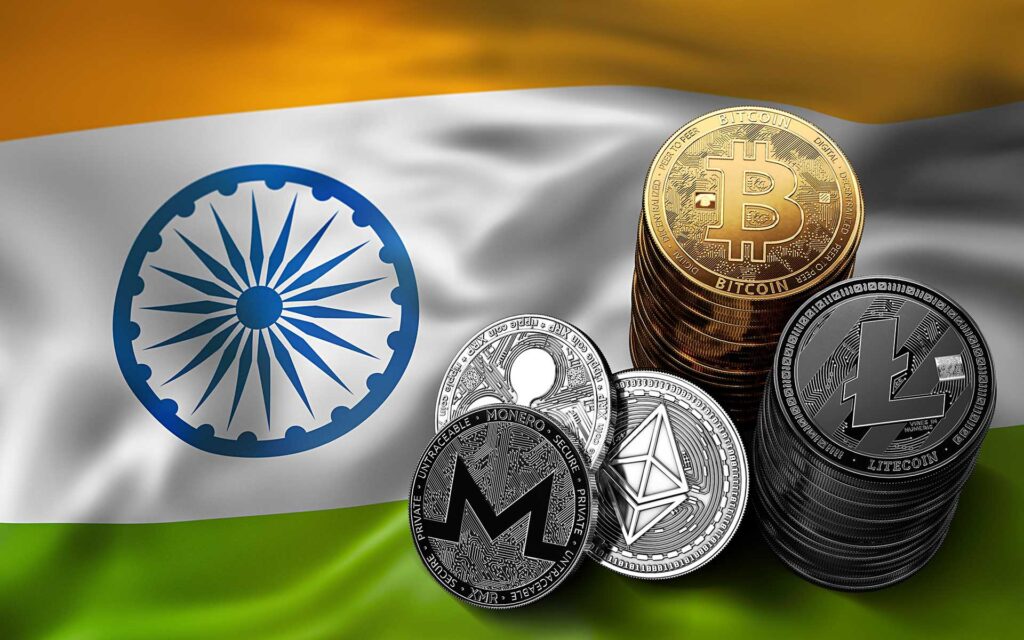
The central bank issued the second warning (the first one was in 2013) for crypto traders. The tax administration action followed, they started going through all the crypto exchange offices, searching for evidence of a Ponzi scheme.
The government continued issuing warnings, indirectly promoting the illegal nature of digital currencies. As for their wish to declare them illegal, their hands were tied, so as an excuse they said they were not on the “legal offer” list. Tax administration started sending everyone who had anything to do with crypto, warnings. The reaction of the banks came naturally – they made it impossible to withdraw or perform a payment connected to crypto. Some accounts were even frozen during this time.
In several statements that followed, regarding cryptocurrencies, the finance minister clearly stated that crypto will never be a part of India’s payment system. The state regulation regarding this matter was to be drafted by the end of the financial year of 2019.
The now
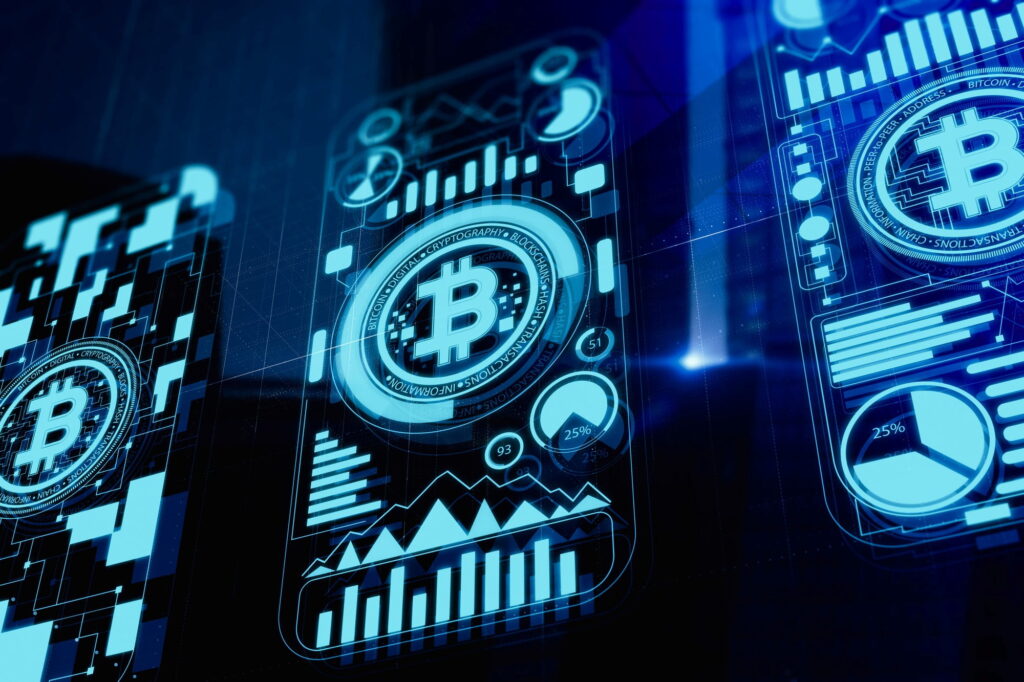
The story was somehow concluded by the supreme court ruling out a long moratorium on crypto banking. A couple of days after, the first Indian crypto exchange was established. To everyone’s surprise, the exchange supports the local currency deposit and crypto-fiat pairs with one of the first and the biggest currencies such as bitcoin. Since, all of this happened at the beginning of the year, which was also the beginning of the coronavirus pandemic, border closings, and curfews, it was exactly the right time. The Crypto market since then has been experiencing nothing but progress.
The future
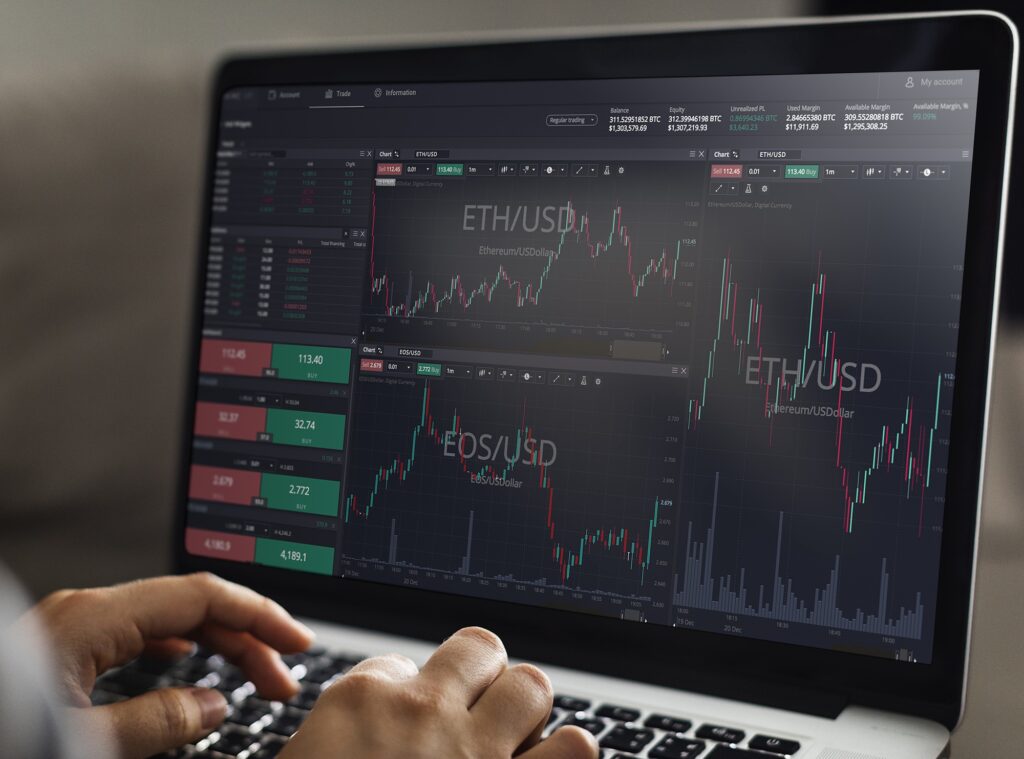
The previous point proved that the crypto trading activity is legal, at least at the moment. However, the future of India’s crypto market is still not entirely bright. Why? There have been some signs that the government will consider introducing the ban once more. The authority simply believes that laws need to be introduced if they wish to make things as effective as possible. For people who developed serious business out of crypto, these announcements brought a dose of fear of uncertainty. However, they keep trading, until it’s official.
Other financial experts claim that banning this activity would be extremely stupid since it has proved to be the sector with countless potential.
